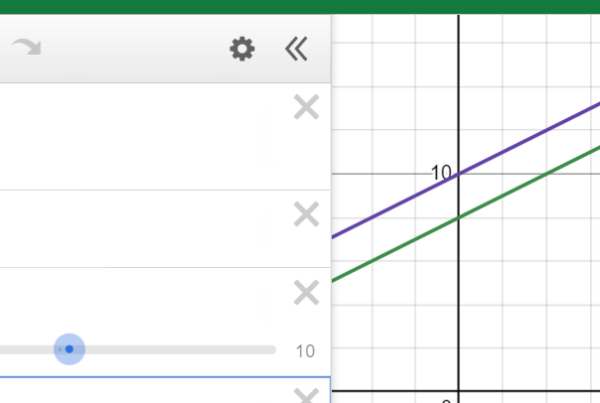For a long time, it has been my belief that the ACT is a better fit for most students with accommodations. My logic is outlined in my blog post here. However, the Digital SAT is a potential game changer when it comes to students with attention-based disorders.
What Are the Differences Between the Old Paper Test and the New 2024 SAT Options?
The 2024 Digital SAT rollout features a variety of differences from the pre-2024 SAT tests. First, there is an adaptive Digital SAT and a Linear-Based Paper SAT (which students with ADHD may be eligible to request). Below is a chart of the major differences between these three exams.
| Old Paper SAT (pre-2024) | Digital Adaptive SAT | Linear-Based Paper SAT | |
| Total Time (without breaks) for regular-time students | 3 hours | 2 hours 14 minutes | 2 hours 44 minutes |
| Timing of Sections (without breaks) for regular-time students | Reading: 65 min
Writing: 35 min Math (no-calc): 25 min Math (calc): 55 min |
R&W module 1: 32 min
R&W module 2: 32 min Math module 1: 35 min Math modele 2: 35 min |
R&W module 1: 39 min
R&W module 2: 39 min Math module 1: 43 min Math module 2: 43 min |
| Number of Questions | Reading: 52
Writing: 44 Math (no-calc): 20 Math (calc): 28 |
R&W module 1: 27
R&W module 2: 27 Math module 1: 22 Math modele 2: 22 |
R&W module 1: 33
R&W module 2: 33 Math module 1: 27 Math modele 2: 27 |
| Number of Passages (R&W) | Reading: 5
Writing: 4 |
27 per module (54 total) | 33 per module (66 total) |
| Word Count of Each Passage (R&W) | 500-700 | 25 – 150 | 25 – 150 |
| Questions per Passage (R&W) | 10 – 11 | 1 | 1 |
| Math Question Type Distribution | Multiple Choice: 45
Student-produced response: 13 |
Multiple Choice: 33
Student-produced response: 11 |
Multiple Choice: 41
Student-produced response: 13 |
Why the New Tests Might Be Better for Students with ADHD
1) It’s Shorter: the fact that students have to pay attention for a significantly shorter amount of time can be critically helpful for students with ADHD.
2) Sustained Attention: the amount of reading that requires sustained attention has been significantly reduced! Now, each question is associated with a single passage of 25 – 150 words, compared to before, when students had to read 500-700 word excepts and complete a series of 10 – 11 questions.
3) General Reading Skills: the new exam does not test reading skills in the math section! Previously, longer word problems caused issues for many students, but these types of problems are no longer included in the exam.
4) Frustration: the fact that the questions only refer to a single passage and that students do not need to fiddle with bubbling in answers can potentially alleviate frustration while taking the exam.
5) Calculator: goodbye to the no calculator section! The built in Desmos calculator has some functionality that traditional graphing calculators do not have. Where older calculators may have felt clunky to students, the Desmos system is often very easy to use.
6) Countdown Clock: the easy to view clock is an amazing tool to help students with time management on the exam.
Linear Paper SAT vs Digital SAT?
In theory, all students who are eligible for accommodations through the SSD (Services for Students with Disabilities) can request a linear paper-based SAT instead of the Digital SAT. You can read my blog on the differences between those exams here.
Questions?
If you have any questions about SAT accommodations or any of the information in this article, please reach out to Hailey Andler at hailey@mindfish.com or 720-307-2750.
Interested in learning more about Test Prep at Mindfish?
Contact us today to find out what our dedicated tutors can help you achieve.





